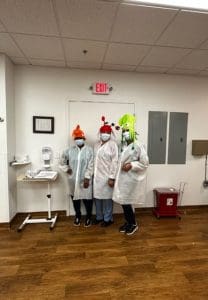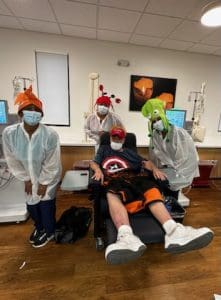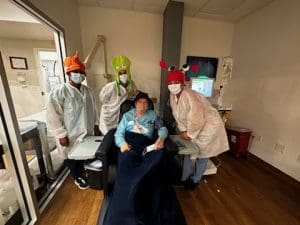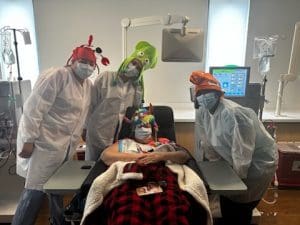Once you have been diagnosed with mineral and bone disorder, diet and certain medications may help slow down the loss of bone and the buildup of minerals in blood vessels and the heart. Treatment will be based on the results of your tests and how quickly those results are changing. Both your doctor and your dietician will review your lab results with you and let you know what treatments are required.
Possible Treatment(s) may include:
- Changes to your diet in order to control minerals. Reducing dietary intake of phosphorus is one of the most important steps in preventing bone disease.
- Vitamins, supplements, and medicines may be prescribed. Your body also has problems releasing certain hormones, like “active” vitamin D and parathyroid hormone (PTH). “Active” vitamin D helps your kidneys, bones, and intestines balance phosphorus and calcium. Healthy kidneys change the vitamin D you get from sunlight and the foods you eat into “active” vitamin D. But with mineral and bone disorder, your kidneys can’t change vitamin D into “active” vitamin D.
- Also, treatment to control parathyroid hormone (PTH) may be needed. If the parathyroid glands are over-active, they make too much PTH. These glands can be made less active with medicine. In some cases, surgery may be needed if other treatments are not effective. This surgery (parathyroidectomy) removes the parathyroid glands that make PTH.
Common medicines used to treat mineral and bone disorder are:
- Phosphate binders: If a lower-phosphorus diet does not control your blood phosphorus, you may need a medicine called a phosphate binder.
- Active vitamin D: If your vitamin D level is low, you may need a prescription form of active vitamin D.
- Calcimimetrics: Your healthcare provider may prescribe another medicine called a calcimimetric to help control mineral and bone disorder. It works differently from phosphate binders and vitamin D. It is often used when PTH, calcium, and phosphorus levels are too high.






